Bonsai: how to care for it at home?
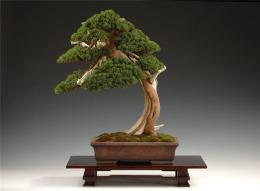
The method of growing miniature copies of deciduous or coniferous trees has its roots in antiquity. It is traditionally believed that China is the birthplace of the art of creating miniature forms of plants. The name bonsai and how to care for it have been mentioned since before our era.
There is an opinion that the tradition of growing mini trees in human homes was spread by Chinese Buddhist monks to neighboring Asian countries.
Over several thousand years, in China and Japan, “growing on a tray” has become a real art. We will try to figure out which plants are best suited for this, as well as get acquainted with the types and styles of this art and find out whether it is possible to independently cope with caring for a bonsai tree at home.
Content:
- Which plants are suitable for growing in pots?
- Soil, light, watering for bonsai
- Crown care, replanting, root pruning
Which plants are suitable for growing in pots?
Both coniferous and deciduous plants, both representatives of wild nature and indoor flora.
The following conifers will feel good in a pot:
- thuja
- pine
- spruce
- juniper
From deciduous:
- elm
- birch
- willow
- swine
- pear
- hawthorn
- maple
- From indoor
- ficus benjamina
- figs
- indoor pomegranate
When choosing a seedling, you should focus on the abundance of branches in the crown, the size of the leaves and future flowers.There are traditional and special styles in the art of bonsai cultivation.
Traditional styles include:
- formally and informally direct
- inclined
- double
- cascade and semi-cascade
- root on the stone and growing on the stone
- group
- literary
For special ones:
- common roots
- forest shape
- tree on faith
- miniature landscape
Bonsai is also divided by size:
- tiny, from 2.5 cm to 18 cm
- small from 19 cm
- average from 26 cm
- large from 41
- huge from 100 cm
Growing plants in containers of limited size requires, first of all, the selection of a certain soil, good lighting and compliance with the watering regime.
Soil, light, watering for bonsai
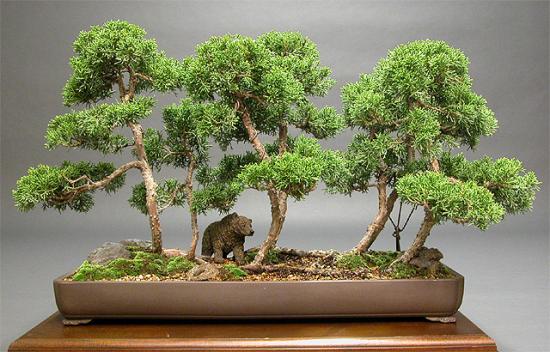
Even if a ready-made and formed plant is purchased, as it grows the question of replanting will arise and special soil will be needed. To grow bonsai, a special mixture is taken - akadama, consisting of granules of sintered clay. Types of akadam differ in the diameter of the granules.
For acid-loving bonsai, such as azalea, kanuma soil is suitable, and for coniferous bonsai, use kirio.
Can plant bonsai into the prepared soil, or you can prepare a mixture of akadama, sand, and turf soil. All parts must be disinfected before mixing.
You can do without akadama granules and prepare meadow soil yourself. In the warm season, carefully remove the turf and select the soil from under it, without going deeper than 15 - 20 cm. Such soil must be sifted, freed from pebbles, branches, roots and calcined in the oven.
When planting or transplanting a bonsai into a new pot, you also need to scald it with boiling water, make drainage holes, pour drainage, fine gravel will do, at the bottom of the container. Only after this, plant the plant and fill the pot with soil.
To ensure good growth, the bonsai pot should be placed in a fairly well-lit area, with continuous sunlight for at least five to six hours a day. In dark rooms, bonsai will need artificial lighting. Deciduous trees, after dropping their leaves for the cold period, can be placed in a less lit place until spring.
Bonsai should not be placed in direct sun immediately after transplantation, for 10 to 12 days.
A coniferous bonsai may turn yellow in bright sun, and in more modest lighting it may acquire a bluish-gray color. In summer, containers with trees can be placed outdoors.
Considering that, as a rule, bonsai grows in wide flat pots, in strong sunlight the soil dries out quickly and the plant needs regular watering and sprinkling.
To prevent strong drying out of the soil and the death of the root system or stagnation of water on the surface, it is most convenient to moisten the soil by placing the pot in a container filled with water. Water should completely moisten all layers of soil, regardless of which irrigation method is used.
The watering schedule depends on the season. In winter, in rooms with moderate humidity, you need to water once a week. On dry summer days, watering is necessary daily, and in some cases, in the morning and evening. Do not allow water to get on the foliage in the hot sun. Deciduous trees need more frequent watering than coniferous trees.
If it happens that the plant has dried out and the leaves have drooped, it should be removed from a lighted place, watered well and sprinkled. Bonsai is responsive to regular sprinkling with soft warm water.
It is worth saying that along with watering, bonsai are also regularly fertilized with fertilizers. It is optimal to use ready-made organic and mineral mixtures. Plants can only be fertilized separately; organic and mineral fertilizing should not be allowed on the same day. The frequency of feeding is once every seven days in summer, once every thirty days in winter. Deciduous trees need to be fed more often than coniferous trees.
If the lighting, watering, and fertilizing regimes are observed, the plant grows quite intensively and requires proper replanting. At the same time, you will have to take care of the roots and crown.
Crown care, replanting, root pruning
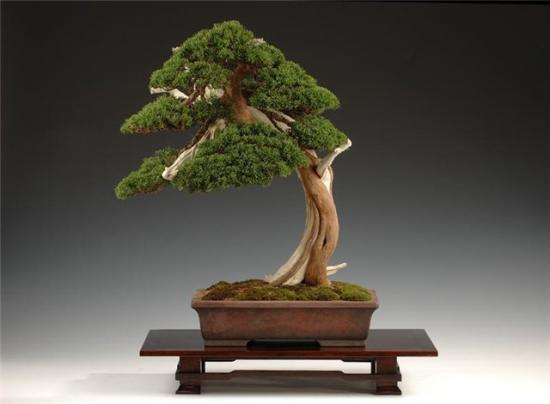
The crown of miniature trees needs regular pruning to give and maintain a certain shape and proportions, according to the chosen style.
The main technique for pruning the crown is to remove the top bud and stimulate the growth of side shoots. This applies to both the central trunk and side branches. After removing the top bud on the main trunk, the plant is formed by a lateral shoot. You can remove a bud from a young plant simply by pinching it off with your fingers. In deciduous plants, branches can be trimmed with scissors, and in coniferous plants, they can be twisted with your fingers.
The pruning procedure should be carried out only in winter, when the plants are dormant. Ugly and unnecessary branches that disrupt the silhouette of the bonsai are also completely cut out. It is not recommended to trim the crown more often than after two months, and it is better to replant the plant a month after pruning.
The plant is important transplant into a larger container when the roots completely fill the old pot. In addition, the size of the roots must correspond to the size of the crown, and if it was cut by 1/3, then the roots should be cut in approximately the same way.When pruning the roots, the earthen ball around the main root is not destroyed; the free parts of the roots are trimmed, each of them is shortened by one third of the length or a little more.
The main root should match the length of the main trunk; pruning it allows for rapid growth of thick surface roots. But such pruning is recommended for strong, healthy plants.
When growing bonsai, you should not rush and comprehend all the intricacies of this art in one day, do not strive for excessive pretentiousness, do everything thoughtfully and slowly, at a certain time of the year, and if necessary, consult a specialist and keep your indoor tree alive and healthy.
Educational video about miniature bonsai plants:
Interesting information about the vegetable garden

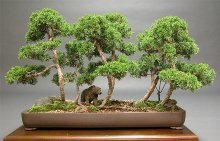
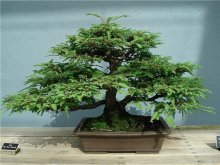

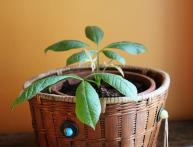
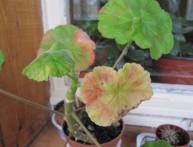
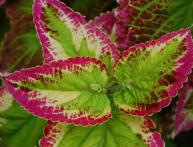

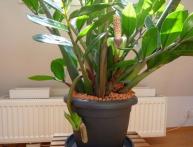
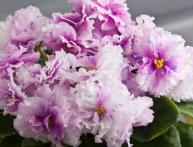
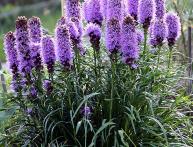
Comments
I've been happy for several months now. I water it moderately and sometimes trim the branches. I don't keep it in direct sunlight. He seems to like everything.